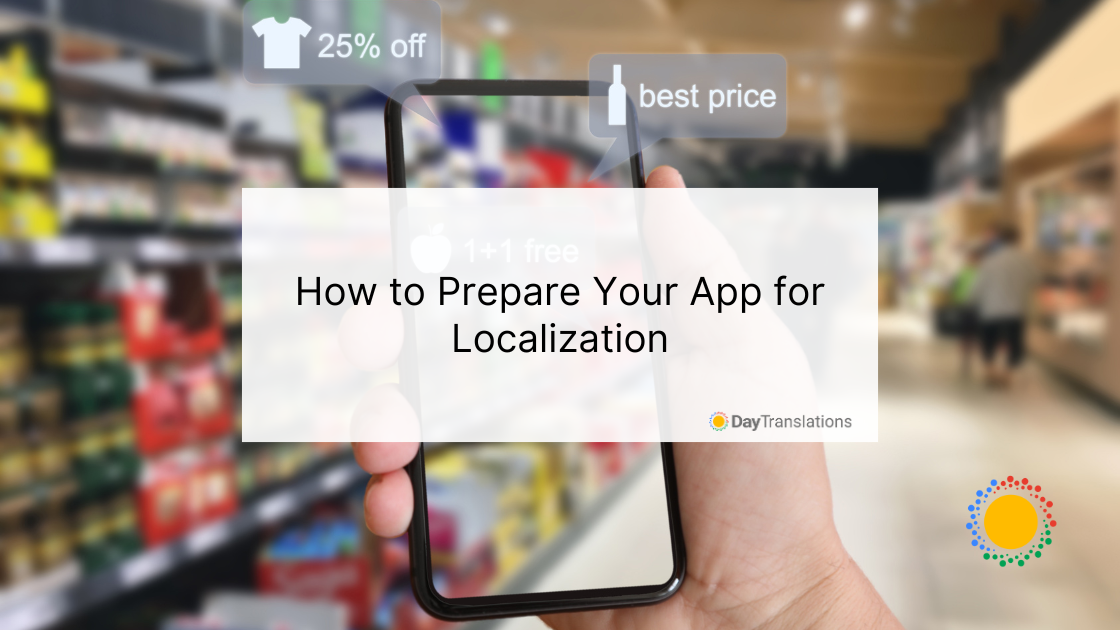Have you ever stumbled upon the perfect find online, only for the excitement to wither away as you grapple with a jumble of foreign phrases masquerading as product details? It’s like being lost in translation at the very brink of satisfaction. Surprisingly, or maybe not, a study reveals that an overwhelming 40% of consumers do not engage with websites in a language other than their own. The digital marketplace, our modern angora, is buzzing with linguistic diversity but often falls short at the one place it counts: communication. And that’s why translation for E-commerce growth is crucial!
In this intricate dance of digits and deals, the music stops when words fail to connect. That’s where the nuanced choreography of translation and localization steps in, transforming the mundane into a siren call for global shoppers. It’s about more than just speaking the language; it’s about speaking to the soul in a language that resonates with familiarity and warmth.
Let’s embark on a journey through the vibrant tapestry of localizing product listings and descriptions, and unveil how this can be the secret ingredient to propelling your e-commerce venture into the hearts and carts of customers worldwide.
The Impact of Localization on Consumer Behavior
Picture yourself wandering through the digital aisles of an online store. Every click brings you closer to a product you’ve been dreaming of, and there it is — described in a language that sings to you, in phrases that paint a vivid picture of the product’s life in your hands.
Whether it’s the latest gadget or choosing the best mattress for your comfort, the power of localization makes the experience feel personal and the decision easier. This is the heart of localization: it’s where consumer psychology and cultural connection intertwine on the virtual shelf.
Will Ward, Founder at Freight Forwarder, explains, “When an e-commerce site greets you in your native language, it does more than convey information; it whispers in the dialect of comfort and familiarity. It’s a psychological handshake, an unspoken assurance that says, “We understand you.” This understanding has a profound impact on consumer behavior.”
The Power of Localized Content
Localized content, which includes not just the language but also the cultural nuances, idioms, and references that resonate with a specific demographic, breeds a powerful sense of trust. Trust, in the e-commerce world, is the currency that converts browsing into buying.
A product listing that acknowledges local holidays, traditional customs, or regional humor can foster an emotional connection, making the purchase feel more like a conversation and less like a transaction.
In the landscape of e-commerce, every detail counts. From the color palettes resonant with local culture to the measurement units that locals use, to the payment options they prefer — localization makes the user feel seen and understood.
For businesses, this may even extend to backend operations, such as integrating freight factoring services that align with local shipping and logistics practices, ensuring smooth operations behind the scenes as well as on the digital storefront.
This detailed attention to the user’s world significantly increases the likelihood of them making a purchase. Moreover, when a product description is localized, it reduces the friction of purchasing. There’s no need for translation apps or second-guessing; the path to purchase is clear and inviting.
Imagine your product reaching out from the screen, speaking in a voice that feels like home to a shopper. That’s the magic of localized content — it not only climbs the SEO ladder on a global stage but also wraps consumers in a comforting embrace, making products feel as if they were crafted just for them.
The Cultural Importance of Localization
Localization isn’t merely a strategy; it’s the soulful art of wooing your audience. It’s about ensuring that your products don’t just land in shopping carts; they land in the narrative of someone’s life, anywhere and everywhere, leaving imprints as profound and as personal as a whispered secret. In the grand tapestry of e-commerce, your localized touch can turn a simple purchase into a story of connection, one that’s retold with every click and cherished with every use.
In the same vein, as e-commerce businesses grow and consider geographical expansion, the practical steps of setting up operations become critical. For instance, if you’re looking to tap into the vibrant market of Colorado, you’ll need to take steps like ensuring you register your business to comply with local regulations.
This administrative step is as crucial as localizing your product listings to resonate with the local market—it’s about laying the right foundation for seamless operations and growth.
Best Practices for Localizing Product Listings and Descriptions
Embarking on the journey of localization is like tailoring a bespoke suit; it must fit the cultural contours of your audience with precision. It’s a delicate process, one that requires the eye of an artist and the mind of a marketer. To weave the fabric of connection between product and consumer, here are some masterful practices to guide your tapestry of words.
Know Your Audience’s Cultural Tapestry
Dive deep into the cultural nuances of your target market. Understand not just the language they speak, but the cultural idioms, humor, and references that resonate with them. A toy that’s a hit in Tokyo might need a different spin to charm the children of Paris.
Collaborate with Cultural Connoisseurs
Partner with native linguists who are not just translators but cultural consultants. These connoisseurs can navigate the subtle regional dialects and social norms that your products must reflect to feel local. Remember, a translator converts your words; a localizer converts your meaning.
Consistency is King
Ensure that your brand voice doesn’t get lost in translation. A consistent tone across all listings builds familiarity and trust. Whether it’s friendly and informal or polished and professional, your brand’s essence should be unmistakable in every language.
Adapt, Don’t Just Translate
A straight translation of “finger-licking good” might raise eyebrows in a market where eating with hands is uncommon. Adapt your descriptions to match the local eating etiquette and culinary context. It’s about finding the equivalent sentiment that clicks.
Localize the Look, Too
It’s not just about words. Colors, images, and design elements carry cultural significance. Red might signify prosperity in China, but in South Africa, it’s the color of mourning. Align your visuals with local aesthetics to avoid cross-cultural faux pas.
Alex Milligan, Co-founder & CMO of NuggMD, adds, “By integrating these practices, you’re not just selling a product; you’re crafting an experience that feels intimately local, no matter where your customers are. It’s the difference between being just another option and being the chosen one. Apply these insights, and watch as your global customers come for the products but stay for the experience that speaks their language—literally and culturally.”
Conclusion
Localizing your e-commerce listings isn’t a mere business strategy; it’s a nod of respect to the cultural mosaic that is your customer base. It’s the art of saying, “I see you, I understand you, and you matter,” without uttering a word—it’s shown in the meticulous care taken to present a product in a language that resonates with the individuality of each market.
Your willingness to embrace the beauty of localization will not just echo in your revenue but in the silent gratitude of a customer who feels at home in your online store.
Author Bio:
Catherine Schwartz
HARO & Content Outreach
[email protected]
+1(415)988-5842












Sorry, the comment form is closed at this time.